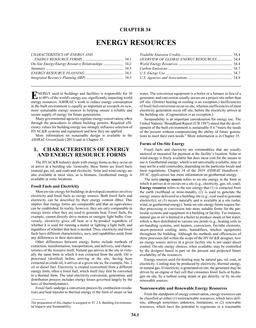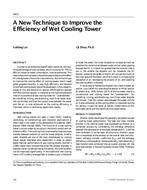The efficiency of combined heat, power, and cold production in total energy systems could be improved significantly if absorption chillers were available that could be driven with limited mass flows of low-temperature hot water. In the case of district heat-driven air conditioning, for example, currently available standard absorption chillers are often not applied because they cannot provide the low hot water return temperature and the specific cooling capacity per unit hot water mass flow that are required by many district heating networks. Above all, a drastic increase in the size of the machine (total heat exchanger area) due to low driving temperature differences is of concern in low-temperature applications. A new type of multistage lithium bromide/water absorption chiller has been developed for the summertime operating conditions of district heating networks. It provides large cooling of the district heating water (some 30 K) and large cooling capacity per unit hot water mass flow. Two pilot plants of this novel absorption chiller were designed within the framework of a joint project sponsored by the German Federal Ministry of Education, Science, Research and Technology (BMBF), a consortium of 15 district heating utilities, and two manufacturers. The plants have been operated since summer 1996 in the district heating networks of Berlin and DÃsseldorf. This paper describes the concept, installation, and control strategy of the two pilot plants, and it surveys the performance and operating experience of the plants under varying practical conditions.
Units: Dual
Citation: Symposium, ASHRAE Transactions, 1998, Vol 104, pt. 1A, San Francisco
Product Details
- Published:
- 1998
- Number of Pages:
- 7
- File Size:
- 1 file , 200 KB
- Product Code(s):
- D-7904


